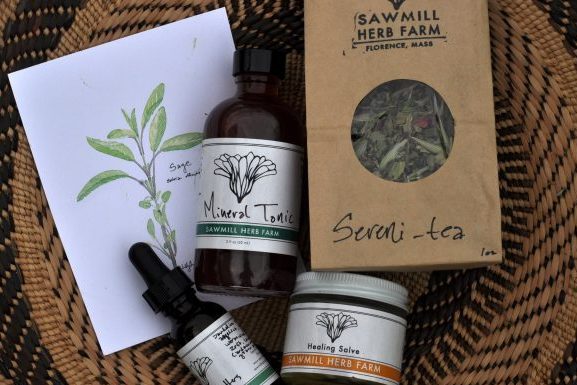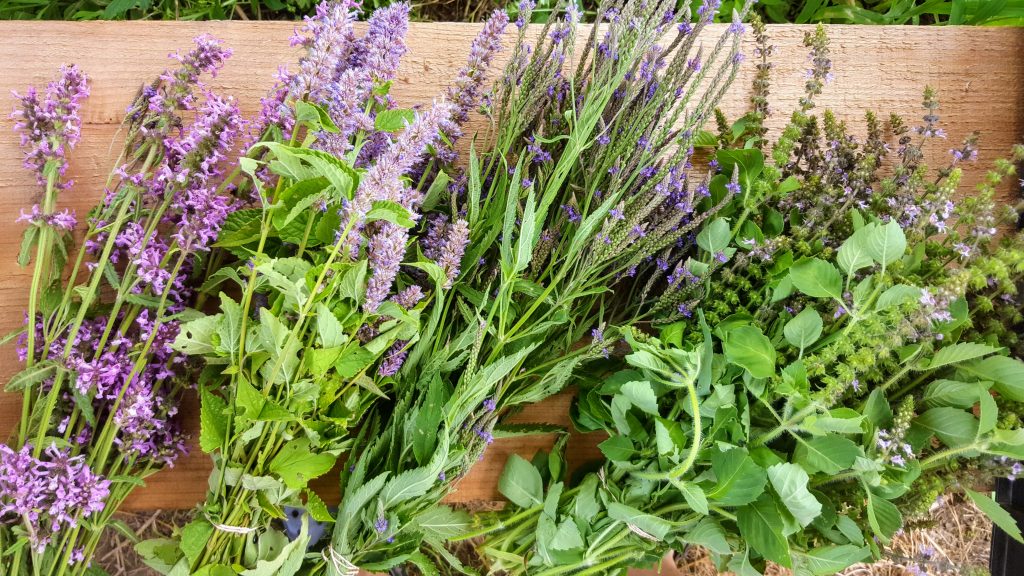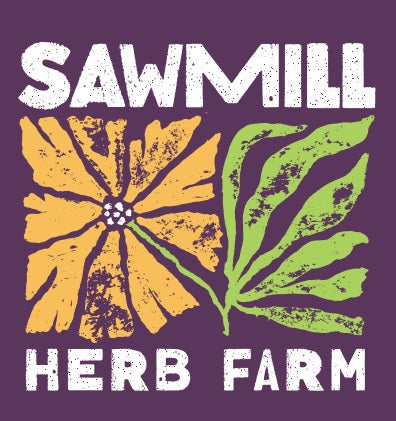Herb Profile: Wild Bergamot
Bee balm/Wild Bergamot/Monarda, Monarda fistulosa

Our leaves consistently get powdery mildew, but we haven’t found a significant difference in taste between leaves with and without the powdery mildew.
Preparations:
Enjoy as a tea, try combining with other herbs with gentler flavors such as oats.Make a tincture extraction of bee balm to use alone or in combination with other herbs for digestive upset such as fennel, burdock, orange peel, catnip and cinnamon.
Monarda has a pleasant pungency which lends to a flavorful infused vinegar. Plus the flower petal’s red color infuses into the vinegar as well.
Bee Balm makes a delicious infused honey. Enjoy in tea or drizzled on dessert.
Cautions/Contraindications
From Matthew Wood “Combined with valerian can cause emesis. Very small doses of monarda combined with valerian operate as a stomach tonic.”Use with caution during pregnancy.
🌿 Grow, Harvest & Learn with Us This Season! 🌿
Whether you're looking to fill your apothecary with vibrant, fresh herbs, start your own garden with strong, healthy seedlings, or deepen your knowledge of herbal medicine, we've got you covered.
Join our Fresh Herb CSA to receive weekly bundles of medicinal and culinary herbs, plus guidance on how to use them. Pre-order seedlings to get a head start on your herb garden with our carefully grown plants. Explore our herbal education programs to learn hands-on medicine-making, plant connection, and more.
Looking for high-quality, certified organic herbs year-round? We also offer dried herbs and small-batch tea blends, thoughtfully grown and harvested to bring you the best in herbal wellness.
Be part of a community that values resilience, self-sufficiency, and deep connection to the land. 💚
Sign up for the CSA, pre-order seedlings, shop our dried herbs and tea blends, or explore our herbal education offerings today!
Disclaimer
These statements have not been evaluated by the Food and Drug Administration. This product is not intended to diagnose, treat, cure, or prevent any disease. For educational purposes only. We do not endorse the websites linked to in the resources and have not extensively reviewed all the information on external pages for accuracy. Everyone reacts differently to herbs and we do not attempt to be completely inclusive in the information and contraindications for each herb. Trust your intuition if something is not feeling right for you.
Shop our Apothecary and Nursery
-

Apothecary Products
Nourish yourself and your family with a certified organic farm grown apothecary ...
-

Nursery Products
Grow your garden. We grow certified organic herb, flower and vegetable starts...


